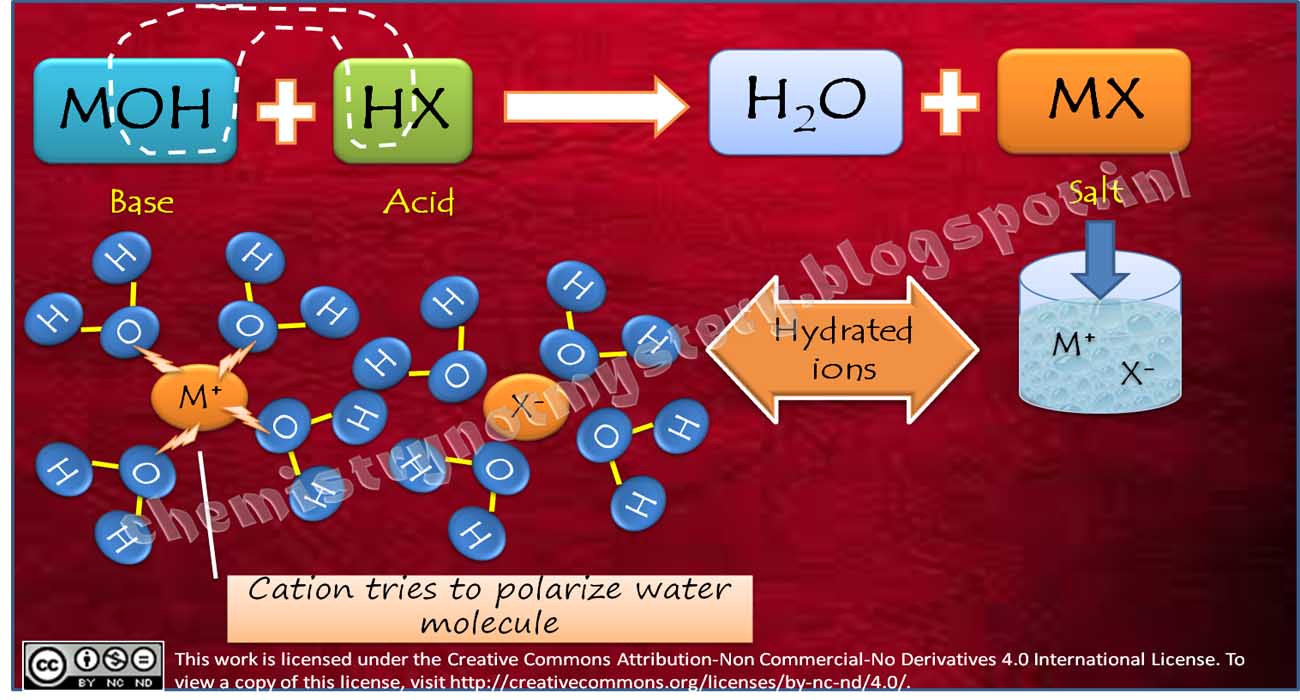The effect of salts on reactivity of basic hydrolysis of Fe(II) chelates bis(naphthylidenealanate) (nali), bis(naphthylidenephenylalanate) (nphali), bis(naphthylideneaspartate) (nasi), (naphthylidene histidinate) (nhi), bis(naphthylidene arginate) (nari) has been studied in aqueous media containing alkali metal halides, LiBr, NaCl, KBr, tetramethylammonium bromide (TMAB), tetraethylammonium bromide (TEAB), and tetrabutylammonium bromide (TBAB). The suggested mechanism of the base hydrolysis involves the parallel attack of OH−ions on Fe2+ central atom attached to a singly bonded OH− ligand and dissociation of the first ligand as rate-determining step. Generally, presence of a salt markedly enhances the rate of the reaction compared to that without a salt. Such tendency is in accord of anionic nature of the transient species. Upon gradual addition of NaCl and NaBr the rate of the reaction decreases. On the contrary, addition of TMAB, TEAB and TBAB salts results in the initial rate increase followed by decrease when their concentration increases further.


